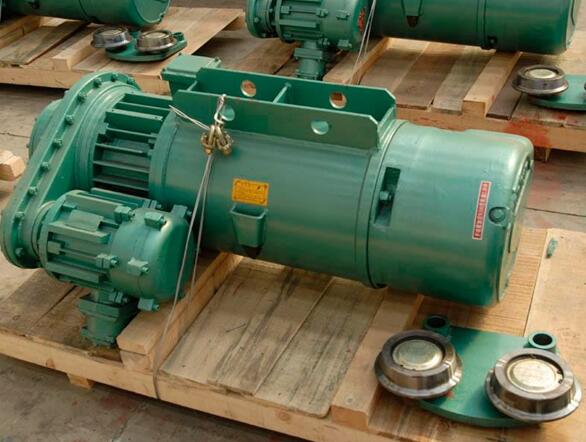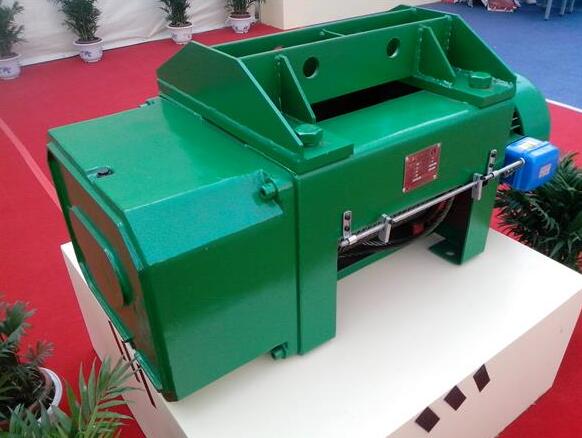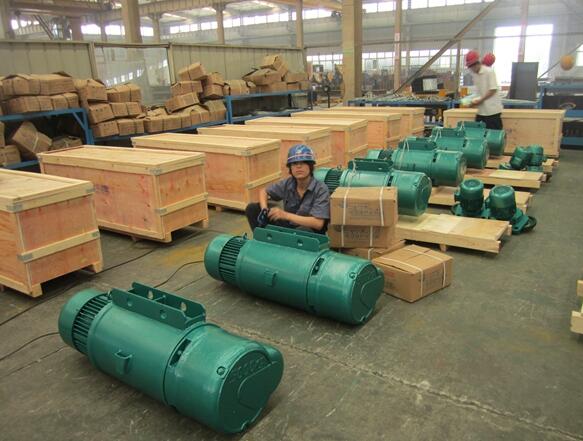Electric Lifting Hoist System
A hoist is used to lift or lower very heavy loads. In most applications a hoist is suspended overhead by a lug, a trolley or a hook. It can be permanently mounted in a fixed position using a lug or a hook, or it can be affixed to a trolley which travels on an overhead beam or rail. A trolley is used when the hoist is applied to move a load from one place to another.
Electric lifting hoist and trolley are powered by electricity or air and come in different configurations and shapes to suit the specific requirements of the loads that need to be moved. Loads are suspended and moved up or down by a coil or link chain, a roller chain, a wire rope, or other materials used in specialized applications, such as high tensile fabric.

Overhead Electric Lifting Hoist Systems
Electric overhead hoists are used for applications that require fast and frequent lifting such as factory production lines. For repetitive lifts over long distances an electric lifting hoist and a motorized trolley are essential. Electric hoists and motorized trolleys come in a wide range of speeds and capacities.
An electric lifting hoist is similar in design to a mechanical hoist except that physical force, (applied to a lever or hand chain by an operator)is replaced by a controlled electric motor. Controls are used to start and stop the motor and to control its direction. These hoist and trolley motions are normally controlled from a push-button pendant station.

Electric lifting hoist systems are available in lug, hook or trolley suspensions that can be hand-geared, push type or motorized. The lifting medium can be roller or coil type chain or a wire rope. Wire rope hoists are used to attain faster speeds, higher capacities and smoother lifts.
The most popular chain hoists are coil or roller hoists for 3-ton or hoists with smaller sizes because they are generally lighter, smaller and less expensive to manufacture. Chain lifting hoists provide a true vertical lift, which means that the load will not vary from the hoist center line during lifting or lowering. However, wire rope hoists can be specially constructed to provide true vertical lift. Electric chain hoists come with either a four wheel motorized trolley or a six-wheel motorized trolley.

Parameters For Overhead Electric Lifting Hoists
When specifying overhead electric lifting hoists there are important parameters to consider, such as:
-Lifting height
-Frequency of lifts
-Speed of lifts
-Weight load
-Power supply
-Cost
-Duty cycle
Duty Cycle
When choosing an electric hoist lifting system for a particular application, one of the most important things to consider is the duty cycle. A duty cycle can be defined as a pecific number of operations at specified intervals. For an electric hoist application this means the amount of work the hoist is required to perform in a stated period of time. When determining the duty cycle capability of a specific electric hoist, the following play an important role:
-The lifting distance
-The load weight
-Frequency of operation
The duty cycle requirements have been classified by the Hoist Manufacturers Institute according to hoist class: H1, H2, H3, H4, H5. This information is used by most hoist manufacturers in a catalogue for customer use. In general, today all industrial grade electric lifting hoists on the U.S. market meet a minimum requirement of an H3 duty cycle. For other types of lifting cranes, you can visit http://ellsenelectrichoist.com/.